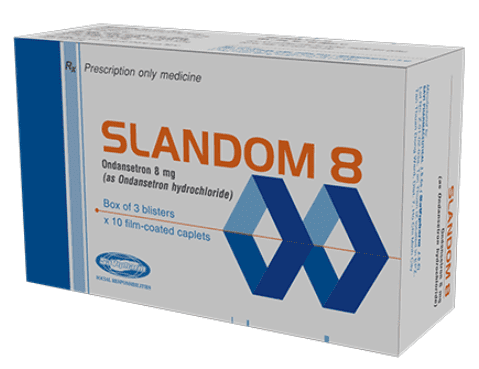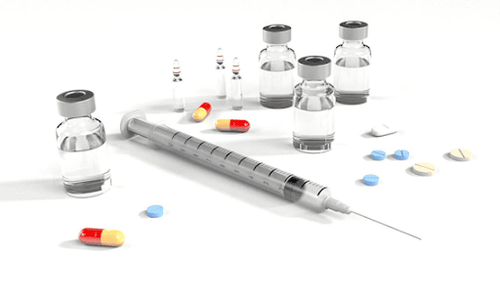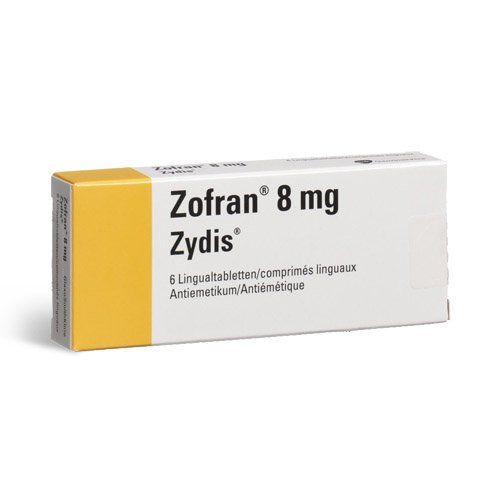This is an automatically translated article.
Sargramostim helps stimulate the body to produce more white blood cells to fight infections. Therefore, Sargramostim is indicated for use in patients with reduced white blood cell counts due to bone marrow, stem cell transplantation or after chemotherapy.
1. What is Sargramostim?
Sargramostim belongs to the group of drugs that stimulate hematopoiesis, stimulate the production of white blood cells. Sargramostim drug is prepared in the form of powder for injection 250mcg and solution for injection 500mcg/ml, indicated for use in the following cases:
Bone marrow transplantation, peripheral blood stem cells. Prolongs survival in bone marrow transplant patients who have failed or delayed the transplant process. People with leukemia, cyclic and idiopathic congenital neutrophils, aplastic anemia, myelodysplastic syndromes. People with neutropenia due to chemotherapy or related to HIV infection, taking antiretroviral drugs.
2. How to use and dose of Sargramostim
Sargramostim is given intravenously or under the skin by a healthcare professional or doctor. Dosage will vary depending on the condition and condition of the disease, specifically as follows:
Treatment of leukopenia in patients undergoing chemotherapy: 250mcg/m2 body surface area/day intravenously, infusion over 4 hours, 4 or 11 days after chemotherapy. Treatment in patients with bone marrow transplant: Intravenous injection of Sargramostim 250mcg/m2 body surface area/day, infusion over 2 hours, 2-4 hours after bone marrow transplantation and after the last dose of radiotherapy - chemotherapy same minimum 24 hours. Treatment in bone marrow/stem cell transplant patients: Intravenous injection of Sargramostim 250mcg/m2 body surface area/day, infusion over 2 hours, treatment duration is 14 days and can be repeated thereafter. 7 days if the treatment is not successful. Treatment in patients with peripheral stem cell transplantation: Intravenous injection of Sargramostim 250mcg/m2 body surface area/day, subcutaneous injection once/day or infusion over 24 hours. During peripheral stem cell collection, the same dose should be continued. Overdose of Sargramostim can cause symptoms such as headache, nausea, chills, shortness of breath, rapid heartbeat, weakness, skin rash. When these symptoms occur, the patient needs emergency treatment.
3. Side effects of the drug Sargramostim
Sargramostim may cause some undesirable side effects with the frequency of occurrence as follows:
Very common: Body malaise, asthenia, fever, chills, mucous membrane disorders, peripheral edema, pain chest. Stomatitis, nausea, vomiting, abdominal pain, diarrhea, loss of appetite, difficulty swallowing, digestive disorders. Itching, skin rash, hair loss, difficulty urinating, sepsis. Blood sugar increases or decreases, blood fat and bilirubin increase, liver is damaged. Sargramostim very often causes headache, paresthesia, central nervous system disorders. Increased or decreased blood pressure, tachycardia, pericardial effusion, hemorrhage. Rhinitis, nosebleeds, pharyngitis, shortness of breath, pulmonary dysfunction. Decreased albumin, decreased platelets and white blood cells, blood dysfunction. Increased BUN, creatinine, urinary tract disorders. Muscle, bone and joint pain. Anxiety, insomnia, bleeding in the eyes. Common: Sargramostim commonly causes abdominal distention, constipation, weight gain, sweating, purpura, hypocalcemia, increased alkaline phosphatase, agranulocytosis, back pain, hematuria due to abnormal renal function. Frequency not determined: Dizziness and allergic reactions, anaphylaxis. If you see any strange symptoms after taking Sargramostim, the patient should report it to the treating doctor as soon as possible for timely examination and treatment.
4. Some notes when using Sargramostim
Sargramostim should not be used in people with hypersensitivity to the ingredients of the drug and yeast-derived products, people with excessive bone marrow leukocytosis, people receiving radiation therapy and copper chemotherapy. time. Dehydration or excess water should be monitored by measuring body weight during treatment with Sargramostim. People with heart failure, pulmonary infiltrates, fluid retention should be careful when using the drug, because the drug can cause pleural effusion, pericardial, systemic capillary leak and cause edema. People with a history of lung disease, shortness of breath should be careful when using Sargramostim. If breathing is difficult, give the patient oxygen and reduce the infusion rate to 50% to relieve symptoms, stop infusion when respiratory symptoms worsen. Monitor the administration of subsequent doses carefully to prevent adverse effects on the respiratory system. Patients with a history of heart disease should use caution when using Sargramostim, because the drug can affect the cardiovascular system and cause supraventricular arrhythmias. However, these symptoms are usually transient and reversible. Sargramostim solution for injection increases the incidence of syncope and hypotension (with or without). Following the first dose of Sargramostim in a treatment cycle, the patient may react to the drug and have manifestations such as hypotension, hypoxia, respiratory depression, tachycardia, flushing, and syncope. However, these symptoms usually resolve after treatment and do not recur with further doses. Patients with prior radiation therapy or bone marrow exposure to a toxic agent may respond to Sargramostim with limited response. And patients who have undergone chemical marrow bleaching, the ability to respond to the drug may be zero, because the number of hematopoietic progenitor cells is affected. However, drugs can still be beneficial in myelosuppression if a sufficient number of hematopoietic progenitor cells is maintained. Patients with malignant myelopathy should use caution when taking Sargramostim, because the drug can increase tumor growth. If the disease progresses, the drug should be stopped immediately. Before treatment and during treatment (2 times/week), it is necessary to conduct a complete blood count test to check and monitor. If the patient has to undergo surgery, the doctor should be informed about the use of Sargramostim, including minor dental surgery. Patients with hepatic and renal impairment can take the drug without dose adjustment, however, liver and kidney function should be monitored once a week because of the risk of increased liver enzymes, bilirubin and serum creatinine levels. The use of Sargramostim in the elderly is limited, with only data available in patients with acute myeloid leukemia. Data on the efficacy and safety of the drug in children are limited. Although no side effects have been recorded in children aged 4 months - 18 years, it should be noted that benzyl alcohol-containing solutions should not be used on infants, because it can be toxic. Pregnant women should only take Sargramostim when clearly needed, and women who are breastfeeding should not take the drug while breastfeeding for at least 2 weeks after taking the last dose. Sargramostim may interact with other drugs: increased sensitivity of dividing cells to chemotherapy when used with cancer drugs; increase the myeloproliferative effect if used together. Therefore, after chemotherapy, the drug should not be used for 24 hours and should be used with caution when co-administering myeloproliferative drugs. The use of Sargramostim is to stimulate the body to produce white blood cells, hematopoietic cells to compensate for the reduced white blood cell count in patients after chemotherapy or bone marrow or stem cell transplantation.
Follow Vinmec International General Hospital website to get more health, nutrition and beauty information to protect the health of yourself and your loved ones in your family.
Please dial HOTLINE for more information or register for an appointment HERE. Download MyVinmec app to make appointments faster and to manage your bookings easily.













